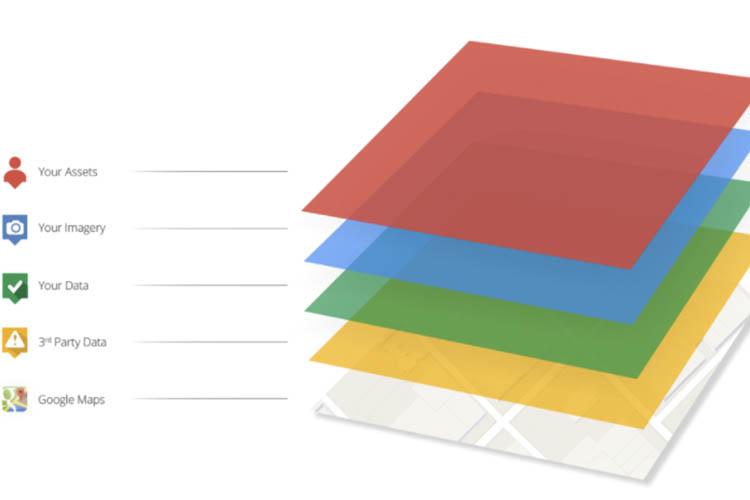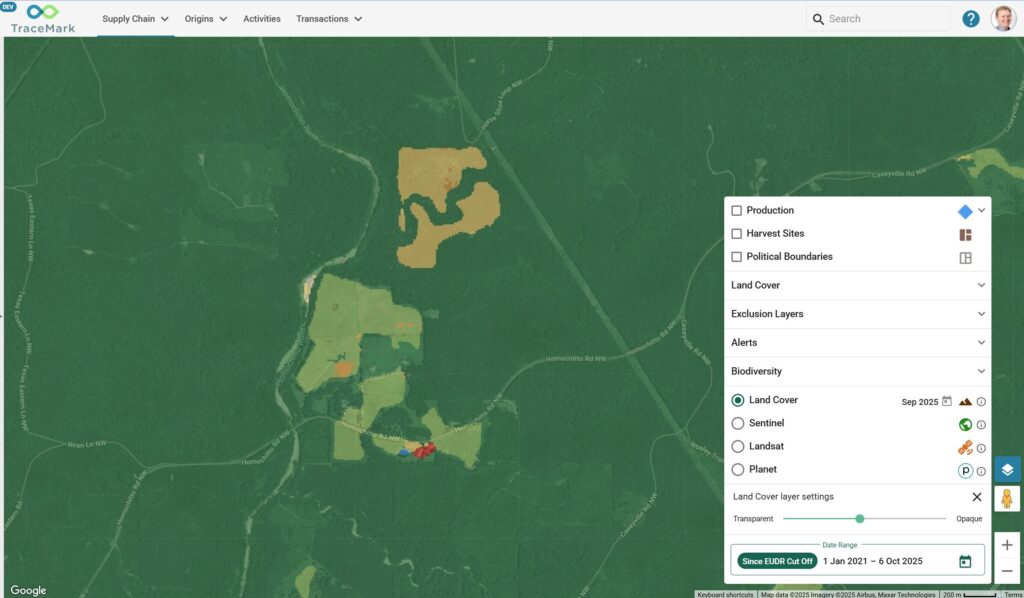How the Google Maps Platform will be structured

Google Maps API has rebranded as the Google Maps Platform. The platform now aligns with Google’s Cloud Platform in the billing and application console structure. As part of their rebranding, Google Maps Platform have regrouped the APIs under three parts: Maps, Routing and Places.
In the past, APIs were referred to individually or as part of technical categories such as ‘Map Loads’, ‘Web services (server side)’ and ‘Places API Requests (server & client side)’.
This often lead to conversations filled with technical jargon rather than simple and clear definitions. While the API names and functionality will remain the same, they will now be grouped simply as Maps, Routes and Places.
Maps
Routes
Places
-
JavaScript Maps
-
Static Maps API
-
Street View API
-
Embed API
-
Directions API
-
Distance Matrix API
-
Roads API
-
Places API
-
Geocoding API
-
Geolocation API
-
Time Zone API
-
Elevation API
As part of a broader shift towards a model more akin to Google Cloud, users will now be billed for usage retrospectively meaning they only pay for what they use. Further to this, APIs will be billed individually resulting in a more granular billing model. For example, an application only utilising Javascript Maps and Places API, will only be billed for those two APIs.
This new model will enable more users, particularly those with lower or sporadic traffic, to utilise the Google Maps Platform without the burden of a significant investment upfront.
For more information or clarity on the new Google Maps Platform, get in touch with the Google Maps team at NGIS.
Related Articles
Here are more related articles you may be interested in.







